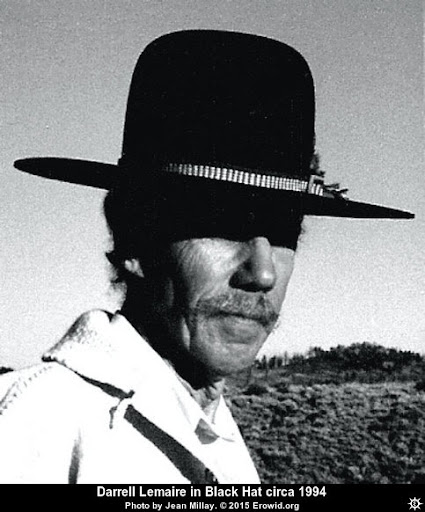
in this article
- Introduction
- I - Tim Scully
- II - Darrel Lemaire
- III - Leo Zeff
- IV - Gertrude Paltin
- Closing Words
Are you 18 or older?
Please confirm that your are 18 years of age or older.
You are not allowed to access the page.

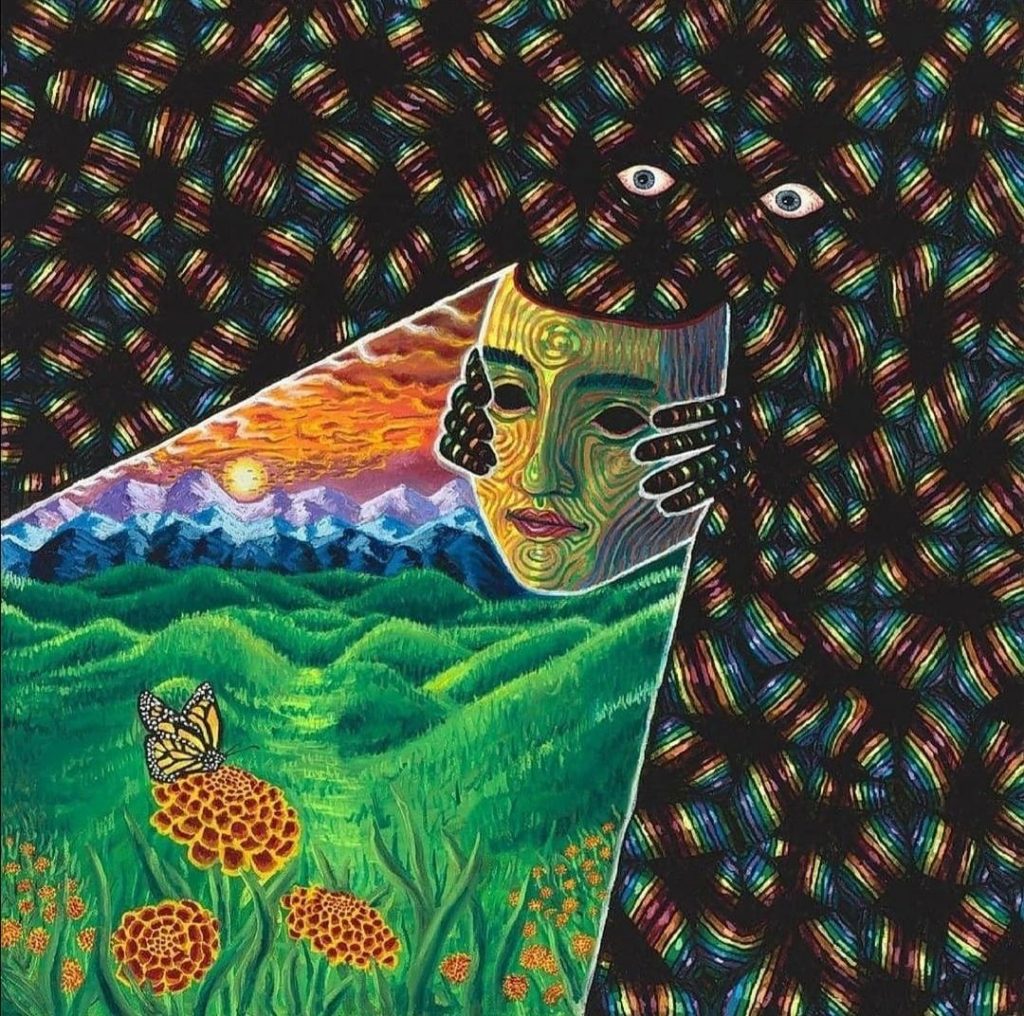
A psychonaut is one who explores, describes, and explains the subjective effects of visionary experiences and holotropic states of consciousness. The psychonaut explores visionary experiences through various techniques, including; ingestion of hallucinogens, fasting, sensory deprivation, hypnosis, trance, ecstatic dance, and holotropic breathwork.
The ayahuasqueros of the Amazon basin, the Lamas of Nepal, and the one who eats psilocybin for exploration can all be considered psychonauts. The experiences and states they enter have more in common than not. A psychonaut is simply one who voluntarily enters a state of consciousness for exploration.
Aldous Huxley, Terence McKenna, Timothy Leary, and Alan Watts take center stage as some of the most popular psychonauts to have ever lived. From Huxley’s beautifully written account of his mescaline experience in ‘The Doors of Perception’ to the sing-song hypnotic prose of Terence Mckenna, the influence these figures have had on psychedelics is unquestionable. Beyond psychedelics, these figures explored the realms of shamanism, metaphysics, culture, technology, environmental degradation, and human’s role in the world.

However, the history of psychedelics is filled with many ingenious psychonauts with whom many are not familiar. Without their exploration, the psychedelic community would not have the current breadth of knowledge, expertise, and tools it has access to today. This article will explore the life’s work and contributions of Tim Scully, Darrel Lemaire, Leo Zeff, and Gertrude Paltin.
Born on August 27, 1944, across the bay from San Francisco, Robert ‘Tim’ Scully displayed inquisitiveness at an early age. He had an affinity for natural science, and in high school, he designed and built a small computer and spent summers working at the Lawrence Berkeley Laboratory on physics problems. After high school, Tim Scully joined U.C. Berkley in 1962 to major in mathematical physics. However, after his sophomore year at U.C. Berkley Scully took a leave to serve as an electronic design consultant. During his leave, Tim Scully had a life-changing first dose of LSD. Later in an interview with the Verge, Scully recounted his realizations during his first trip;
“Taking LSD redirected my life within a matter of a couple of hours. I was going to go into government-supported research, that’s what my father wanted for me and my brother. My brother followed the script, but after taking LSD I immediately decided that the most important thing I could do with my life, the thing that would help other people the most, would be to try to share this experience.” – Tim Scully
After his trip, Scully realized that LSD would soon become illegal and the only option was to become an underground chemist. With Nick Sand and Owsley ‘Bear’ Stanley, Scully spent years opening various labs in California to Colorado. Under Owsley’s guidance, Tim Scully developed a method of LSD synthesis which produced some of the purest LSD ever made, 99.9% pure in fact. By the summer of 1969, Tim Scully and Nick Sand produced over 3.6 million tabs of LSD, popularly known as ‘Orange Sunshine’. It is not an overstatement to say that the summer of love was fueled by the work and sacrifice of Tim Scully, Nick Sand, and those who played a significant role in the production and distribution of Orange Sunshine.
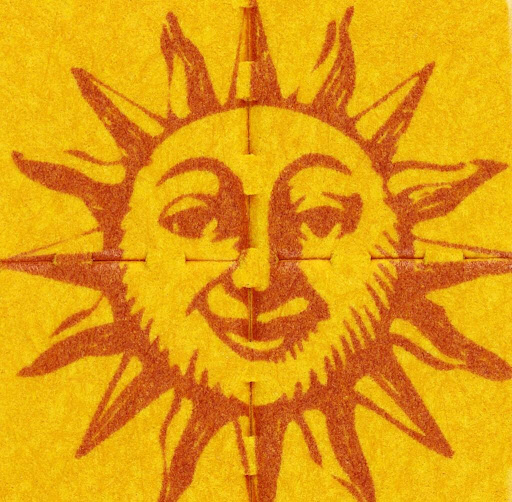
In May 1969, Scully retired from clandestine chemistry and decided to pursue electronic design, forming his own corporation ‘Aquarius Electronics’. Despite Scully’s retirement, the U.S. government was already building a case against Scully, Nick Sand, and the distributors of LSD. In 1974, Tim Scully was convicted and sentenced to 20 years in prison for his clandestine psychedelic work.
During his time in prison, Scully obtained a Ph.D. in psychology from the Humanistic Psychology Institute and helped design and build biofeedback and interface systems for the non-vocal handicapped. Fortunately, Scully’s sentence was reduced to 10 years and he was released from prison on parole in August 1979.
Following his release, Scully spent time as a lecturer in parapsychology at The John F Kennedy Institute, held a part-time appointment as an assistant research psychologist at the University of California San Francisco’s Langley Porter Psychiatric Institute, and founded a company by the name of Pacific Bionic Systems. Who says you can’t be a psychonaut and a productive member of society simultaneously?
Tim Scully’s life can be seen as a gift of gratitude and servitude. His risky endeavors all shared the underlying theme of wanting to inspire a sense of interconnectedness, unity, and love. Scully’s role in the summer of love and the ‘turning on’ of American society during the 1960s cannot be understated. Psychonauts across the world owe a debt of gratitude to the work of Tim Scully.
“From studying physics I knew from a relatively early age that what seems to be solid matter is mostly empty space. I knew that photons can be looked at as either particles or as waves. Before I took LSD I was attracted to the theoretical idea which I described regarding the Schrodinger wave equation and the immersion of every particle in the universe in a sea of waves associated with every other particle in the universe. But there’s a big difference between a theoretical notion and a very intense transcendental experience. My LSD experiences have left me with the firm conviction that on a deep level everything is interconnected. When I think about death and dying they are no longer so frightening because I imagine that I will simply return to being one with everything.” – Tim Scully said in an interview.
The Sunshine Makers is a phenomenal documentary exploring the lives of Nicholas Sand and Tim Scully.

Born in Reno, Nevada in 1926, Darrel Lemaire is perhaps one of the most overlooked psychonauts in history. As a child, Lemair spent many summers with his grandparents in Battle Mountain helping his grandfather with mining prospects. At an early age, Lemaire learned how to pick, shovel, use a drill, and use blasting powder.
Lemaire obtained a B.S. in Chemistry from the University of Nevada in 1950, followed by a masters in metallurgical engineering from Mackay School of Mines (1954). Lemaire designed and operated his own milling plant and eventually sold it to work at a Uranian processing plant in Arizona.
The story goes that while Lemaire was working at a Navajo reservation, one of his white co-workers pointed out in an insulting manner that some of the co-workers consumed Peyote. Lemaire didn’t understand the insult, since these ‘Peyote-eaters’ were among the most hardworking and honest workers at the plant. And thus, a fascination with Peyote and other psychoactive substances was born.
Lemaire lived a successful life. He developed, built, and sold mercury detectors. After selling his thriving business, Lemaire settled in Reno and retired at 42. With his newfound free time, Lemaire began to study psychoactive substances. He was disheartened by the spotty black market for psychedelics and decided to manufacture his own medicine.
In 1975, Lemaire was amongst three chemists (the other being David Nichols and Sasha Shulgin) who were inspired, independently, to synthesize and bioassay what they suspected might be a psychoactive drug with interesting effects: 3,4-methylenedioxymethamphetamine, also known as MDMA.
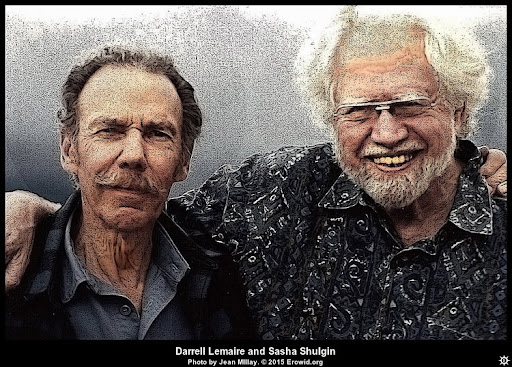
Lemaire and Shulgin met and became friends in the early 1980s. With Shulgin’s encouragement, Lemaire helped medical doctors who wished to manufacture MDMA for use in their psychotherapeutic practices.
In the early 80s, Lemaire manufactured at least 19.5 kilos of MDMA in an underground ‘wine cellar’, repurposed as an MDMA-synthesis lab, as well as many other psychoactive substances that were legal at the time. In 1986, he was forced to shut down his lab after the US government enacted the Controlled Substance Analogue Enforcement Act, marking another big step towards prohibition of psychoactive substances and psychedelics.
Lemaire’s contributions to the psychedelic field were written under the pseudonyms ‘Lazar ‘and ‘Hosteen Nez’. In a self-published underground pamphlet titled ‘Certain Exotic Neurotransmitters as Smart Pills or Compounds that Increase the Capacity for Mental Work in Humans’, Lemaire described the unique effects of 2C-D and its ethoxy analogs. It’s telling of Lemaire’s forward thinking ability that use of terminology like “smart pills” and the idea of using substances to increase productivity is now ubiquitous in the nootropics and “bio-hacking” communities, many decades later.
Lemaire continued to work in pharmacology to the end of his life, including involvement in the discovery of a cancer treatment Salicinium, which continues to be used in the treatment of cancer to this day.
Lemaire himself died in 2019, after a battle with cancer.

Born in 1912, Leo Zeff, also known as the Secret Chief, was a psychologist, psychotherapist, and a pioneer of the psychedelic therapy movement. After his time in the U.S. military as a Lieutenant Colonel, Zeff obtained his PhD and opened a private practice specializing in Jungian psychology.
Leo Zeff had his first psychedelic experience with LSD in 1961 while he was working as a Jungian therapist. Realizing the immense potential of psychedelics for therapeutic healing, Zeff designed and developed a method of administering LSD to patients during psychotherapy.
Zeff’s method consisted of screening patients carefully for any underlying conditions that may hinder the psychedelic experience. In his method, the patients are encouraged to embark on the psychedelic experience wearing an eye mask with diverse genres of music playing in the background. Zeff’s role in the procedure was simply to provide emotional support if required. Interestingly, Zeff encouraged patients to look at photographs of themselves and family members at later stages in the psychedelic experience.
In therapeutic use of LSD, Zeff had his clients agree to a basic set of rules:
The method developed by Leo Zeff may sound familiar as it is strikingly similar to the method used by contemporary psychedelic research conducted at John Hopkins University and the Multidisciplinary Association of Psychedelic Studies.
The famed psychonaut Alexander Shulgin introduced Leo Zeff to MDMA in 1977. Upon which Leo Zeff traveled across the United States introducing MDMA to other therapists. Leo Zeff has supposedly provided MDMA to over 4,000 therapists, an impressive figure for the time. Additionally, Zeff is credited to have coined the term “Adam” to MDMA, noting upon its ability to turn its user into a primordial state of innocence and calm.
Leo Zeff’s contributions to the field of psychedelics and psychotherapy echo across the work that is currently being undertaken. For those interested in exploring more about Leo Zeff, “The Secret Chief” is an account of an interview between Leo Zeff and Myron Stolaroff, a psychedelic pioneer.
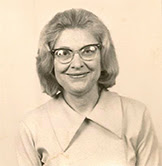
Born in Philadelphia, Gertrude Paltin, MS, was a biochemist, an avid crafter, girl scout troop leader, wife, and mother.
Little is known about Gertrude Paltin. It is confirmed that Ms. Paltin was trained as a biochemist and her journey into experimentation with psychedelic substances began after her encounter with Dr. Oscar Janiger, psychiatrist best known for his LSD research.
Paltin was one of Dr. Janiger’s clients, and later became an assistant and co-authored his research. Her research focused on areas such as Administration-Dosage Tolerance, Psychological Studies, Behavioral Studies as well as the relationship between psychedelics and creativity.
Gertrude Paltin is among female therapists and authors whose contribution to the field of psychedelics remains virtually unknown. She is one of the many women who embarked on the psychedelic experience for spiritual development, individual betterment, and therapeutic healing.
One of her scientific papers on LSD and Mescaline can be read here
The psychonauts explored in this writing are just a few of the countless brave explorers, scientists, researchers, and mystics that have journeyed in the psychedelic realm to seek knowledge, wisdom, and expertise. These psychonauts are those who have sacrificed so much for the betterment of mankind and the exploration of holotropic states of consciousness.
Mas Mirus | Community Blogger at Chemical Collective
Mas is one of our community bloggers here at Chemical Collective. If you’re interested in joining our blogging team and getting paid to write about subjects you’re passionate about, please reach out to Matt via email at matt@chemical-collective.com

Welcome to Chemical Collective.
Create an account to earn 200 welcome points.
Already have an account? Sign in


Check out our Community Blog and get involved with the conversation. You will be awarded 50 x ChemCoins for each comment up to a limit of 250 total ChemCoins.


Have you purchased any of our products? Reviews and reports are so important to the community. Share your honest opinion, and we’ll reward you with 50 ChemCoins for each review!


Every time you complete an order with us, you’ll be awarded ChemCoins for each Euro spent.
Welcome to Chemical Collective.
Create an account to earn 200 welcome points.
Already have an account? Sign in

Earn commission every time someone makes a purchase through your link.
When you become an affiliate, you will be allocated a unique link to share with your friends, followers, subscribers, or Aunt Susan.
You can choose to payout the commission earned once per month, or save it up to receive on a rainy day! Commission earned is 5% of the total order value per referral.
Contact us to join the Chemical Collective family and become an affiliate.
share your toughts
Join the Conversation.
Don’t Even Have a Picture
nice article
Zeff is my hero. My dad hat the honor of meeting him once as a teen
long live Ze LSD !!!!
Lemaire 4 ever <3